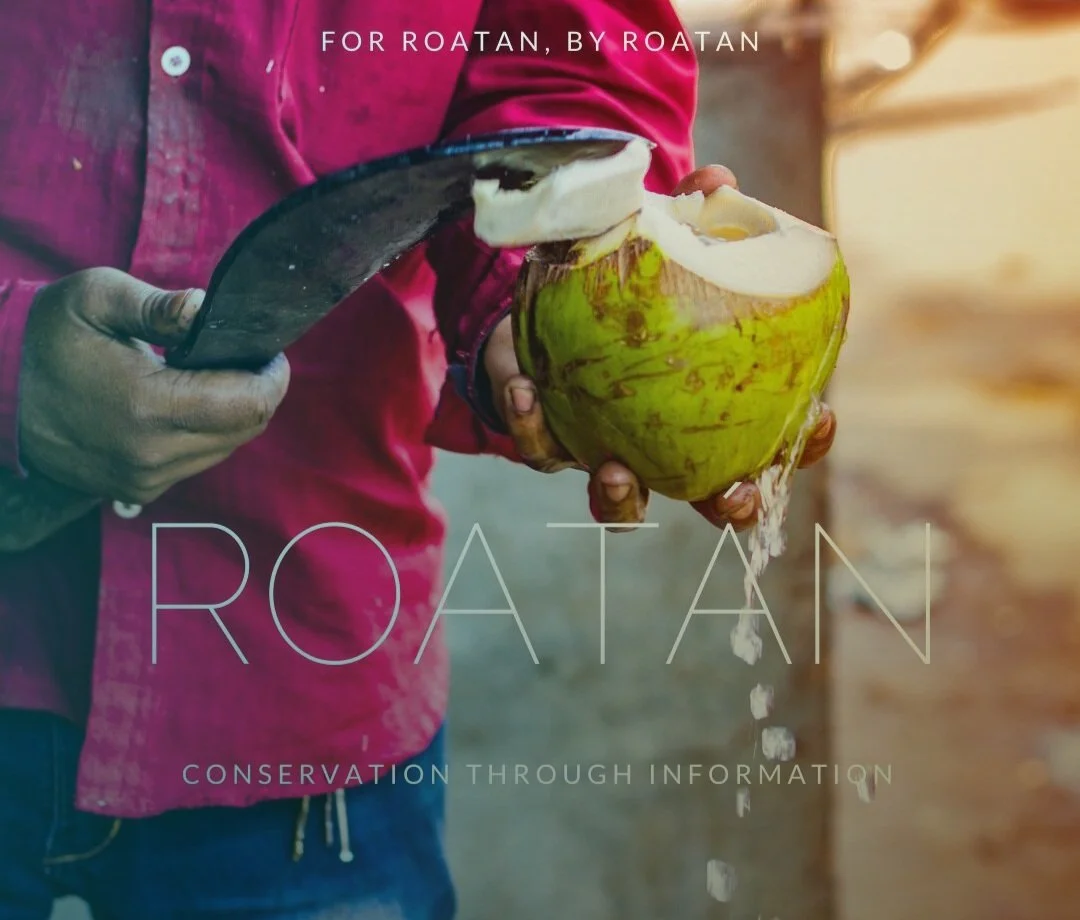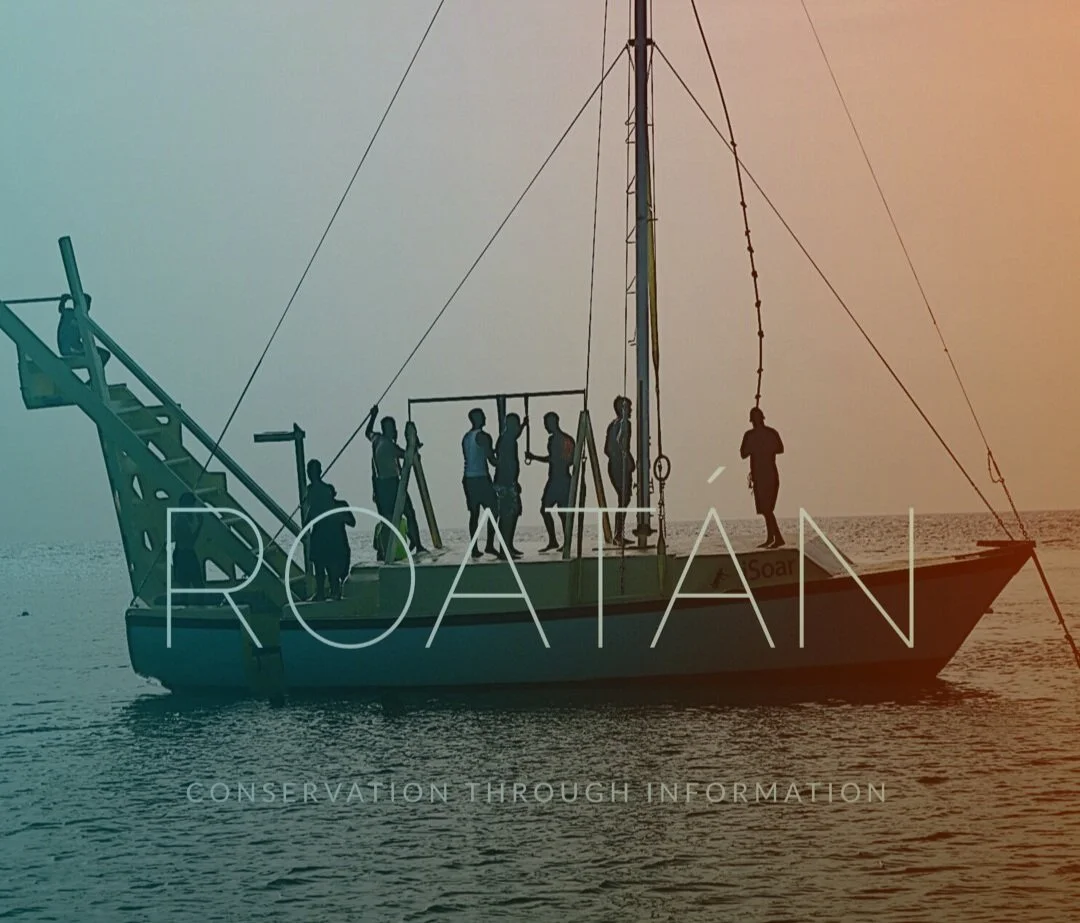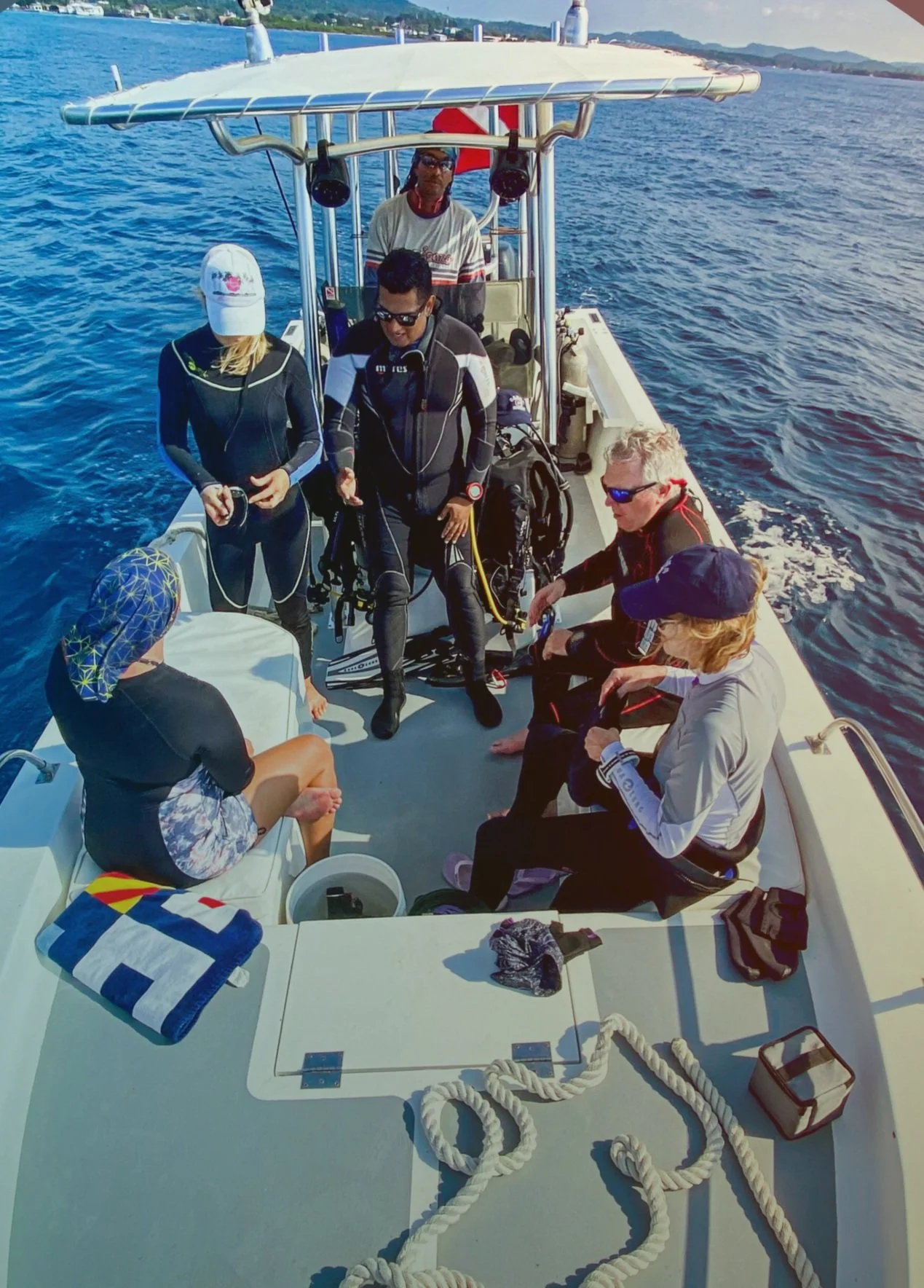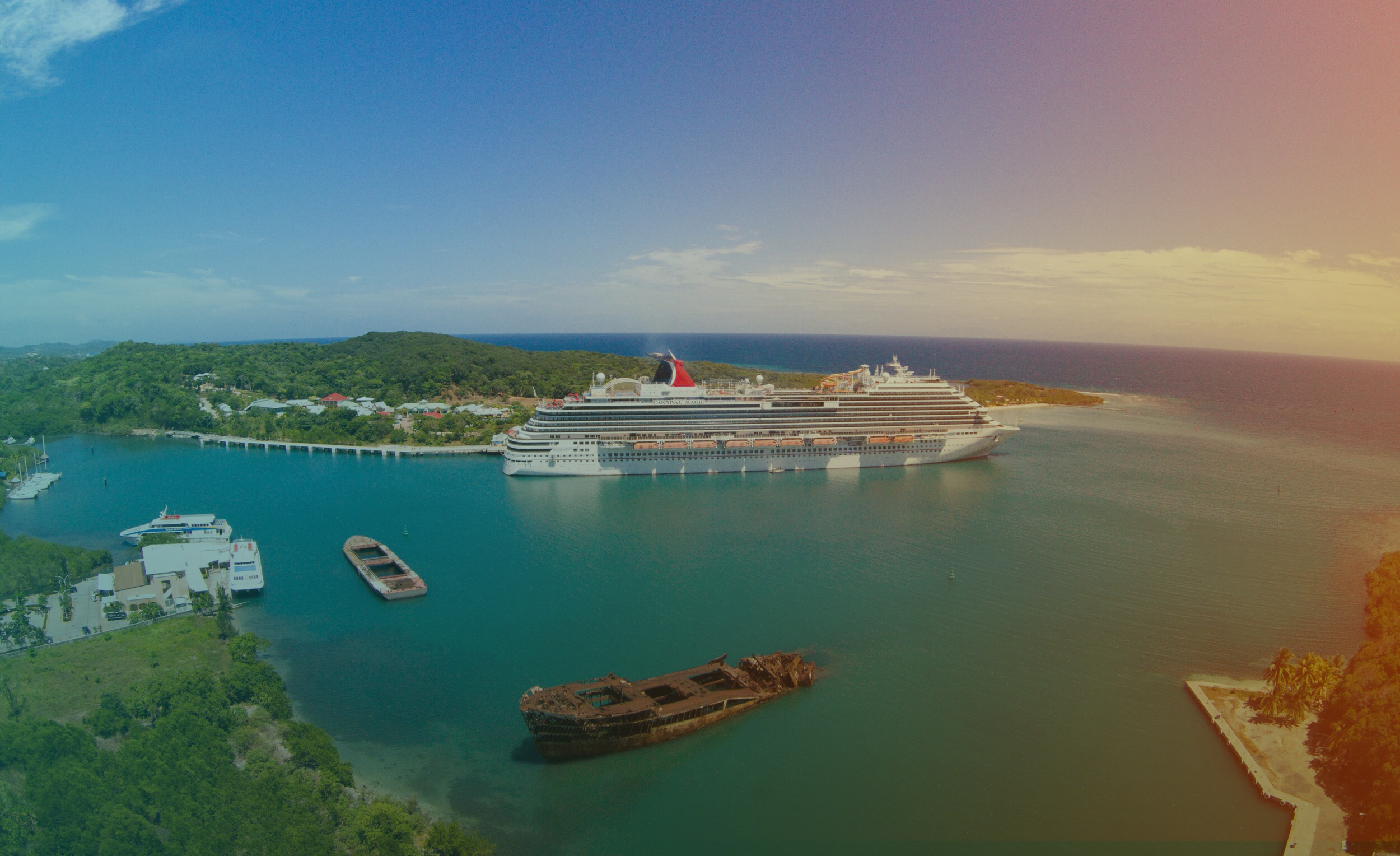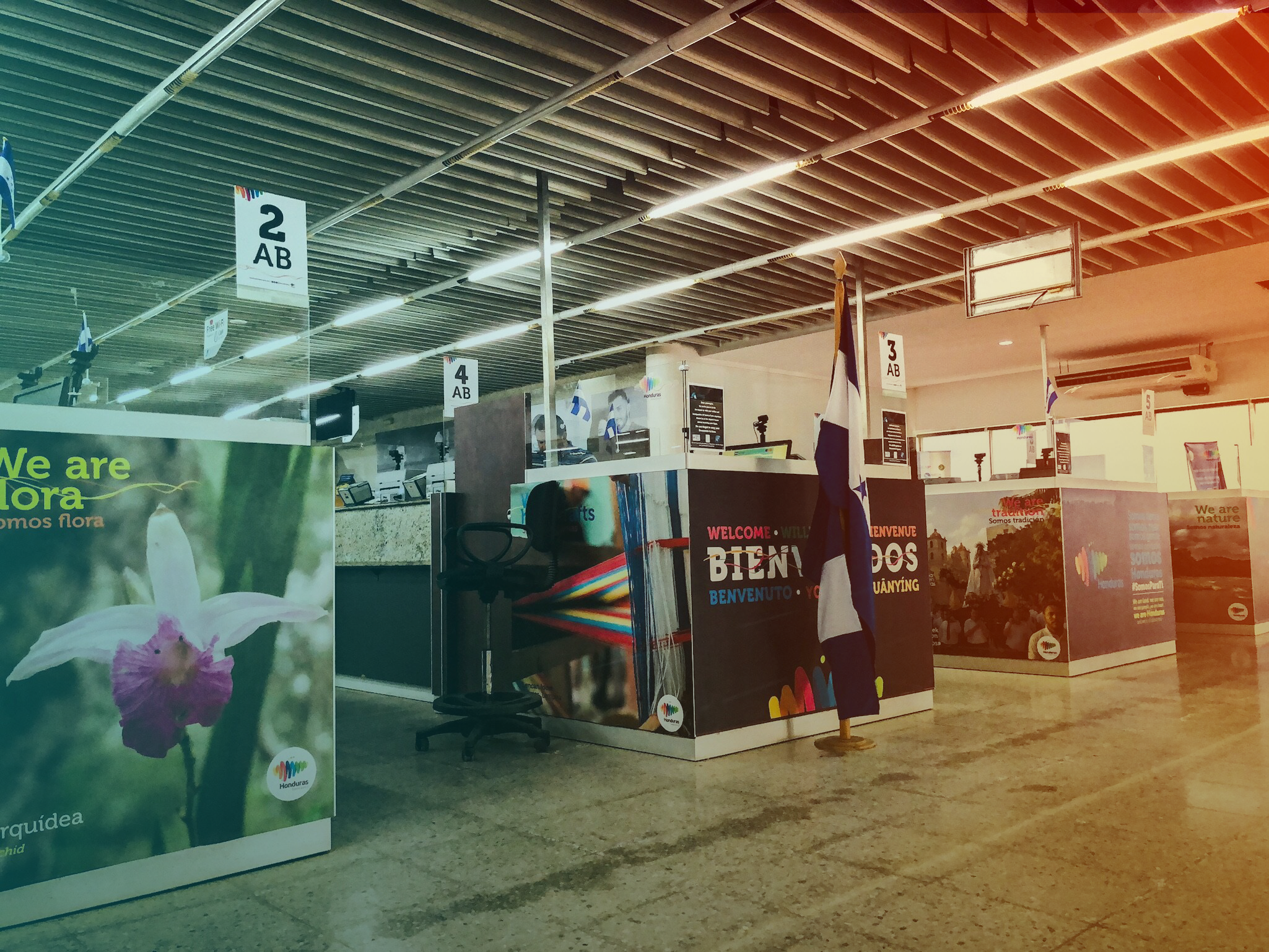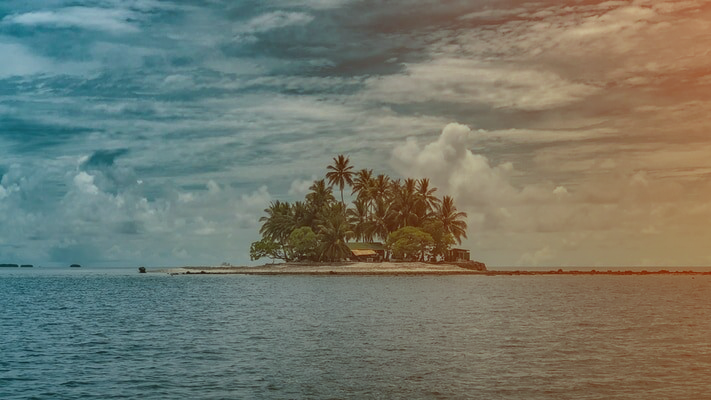
Tourism
Overview.
Tourism on Roatan.
Type of Tourism.
The Roatan Tourism Bureau ™ characterizes Roatan mainly as being a "Sun and Beach" destination with a "Nature and adventure" type of tourism. For the "Sun and Beach" type of tourism, Roatan offers unbeatable beaches and lush coastal vegetation, coral reefs, dive sites, and seascapes. These all come together to provide an attractive (and different) aquatic experience. Aquatic activities include sailing and fishing, but it is scuba diving that is the most attractive for tourists and residents.
The reef around Roatan is considered to be the second largest barrier reef in the world.
Visitor Overview.
The "Nature and Adventure" type of tourism is based on an appreciation of existing nature such as snorkeling, scuba diving, boating, bird watching, and among other things, horseback riding. The average tourist stays on Roatan is between 10 to 11.1 nights, per stay. Each stay cost an average of 656.3 dollars.
Visitors to Roatan come to the island via commercial flights, cruise ship, local flights from the mainland and they also arrive via a Ferry from La Ceiba, Honduras. There is also a Ferry that arrives on Roatan from the neighboring island of Utila. Few arrive on personal sailboats and yachts.
Biodiversity.
Tourism in Roatan is centered on the richness of its marine biodiversity. For this reason, protecting and preserving the area through education and enforcement. In addition to Roatan's biodiversity, conservation efforts should extend the physical attributes to include cultural and historic riches captured in Roatan's local communities.
There are efforts to diversify the main touristic attractions of Roatan and the surrounding region. The touristic expansion will almost certainly tap into the talent and history of local cultures. There is also potential in for tourism in the historical and archaeological sites found in Roatan, Guanaja and Utila.
Dive Centers
There are an estimated 55 diving centers registered in Roatan and its surrounding areas. Approximately 34 of these dive centers are on Roatan Island, 16 in Utila, and there are just over 5 in the Island of Guanaja.
Unfortunately, not all dive centers have official registration and training workshops to integrate standards of good diving practices (Drysdale 2011). This is quickly changing with more and more dive centers registered as either PADI or SSI dive centers. To dive with a registered and reputable dive operation, consider contact the Scuba Shop.
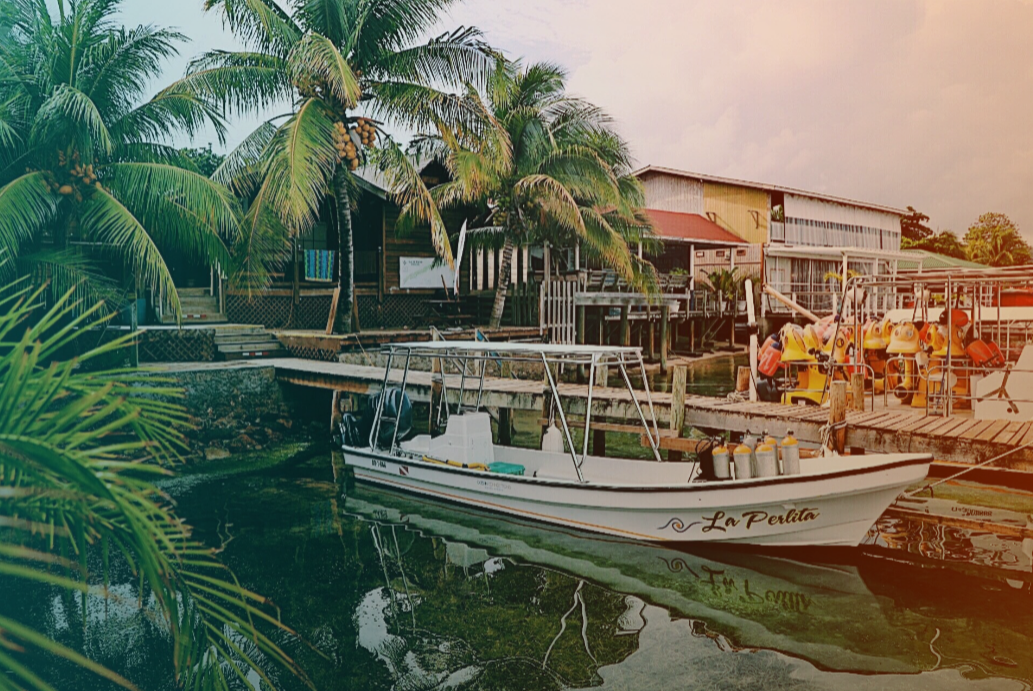
Economic
Outlook &
Trends.
Economic Overview.
Economic Input.
Tourism is the most important economic input for in Roatan and the Bay Islands of Honduras. Tourism activity has boomed in recent years. This has been especially true since the international airport was built and since the cruise ship, ports were established. An estimated there was an arrival of 1.6 million tourists visits Roatan each year. That number is only increasing from one year to the next.
While tourism to the area of the Bay Islands and tourism to Roatan grows each year, there have been years in which the global stage has seen an economic downtown, which has translated to a lower number of tourist visiting Roatan. Another reason why visitors to Roatan might consider postponing their trip is disease related. We saw a decline in visitors when the worldwide outbreak of influenza (H1N1) outbreak (Tourism Statistics Bulletin, IHT, 2005-2009).
Touristic Trends.
Despite the downturn in 2009, Honduras managed to generate 616 million dollars worth of tourism that year. General figures show that 51% of visiting tourist enter the country terrestrially. The remaining 45% fly into the country through one of three main international airports including the Roatan International Airport (RTB). Conservative estimates indicate that 50,455 visitors will fly into the Roatan each year. By contrast, 140,029 visitors will come by way of an ocean ferry from La Ceiba, Honduras. The bulk of the tourist will arrive on the Island of Roatan via Cruise Ship. Roatan received well over 800,000 tourists each year. These visitors will arrive in either Mahogany Bay, or they will port in Coxen Hole's Cruise Port. Pasta data indicates that 90% of the cruise travelers to Roatan disembark their ship, while 67% leave the port area. By any measure, Roatan sees the majority of its economic input from Cruise ships. Cruise ships arrivals have increased significantly over the past decade. Roatan saw an increase in cruise tourists of more than 1,400% between 2002 and 2010 (Taylor and Filipski 2010). Of the mentioned tourists, according to the IHT, 46.3% come from Central America, 39.4% from the United States, 10.1% from Europe and 4.2% from the rest of the world (idem).


